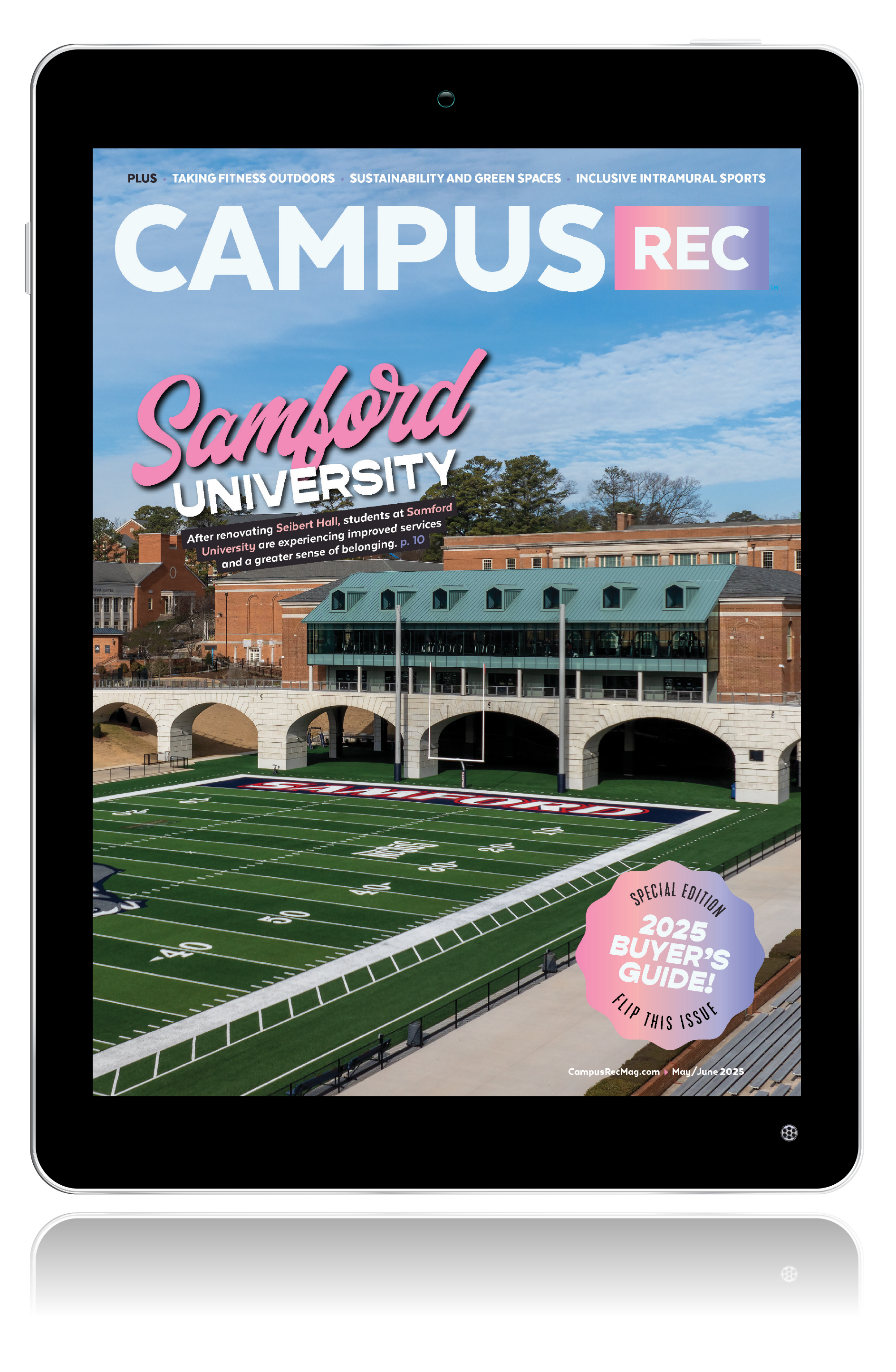
Many campus recreation departments operate as multi-million dollar businesses. Financial stability, revenue generation needs and financial structures vary widely from campus to campus, but every department relies on efficiency to maximize their resources.
With constant turnover in student and professional staff, and far too common red tape within university processes, campus recreation programs often face challenges in creating consistent performance.
Here are three ways to improve efficiency:
1. Create Standard Operating Procedures
In every program area, there are common responsibilities and processes that occur on a regular basis. Often, these tasks may be fulfilled by a variety of different team members and involve detailed steps and workflows. Search committees, hiring procedures, communication plans, etc. take time to create and complete with quality and intentionality.
How many semesters in a row do we have to remind staff of the same instructions? How often do we forget ourselves what exact settings should be used or what boxes need to be checked in a software module?
Standard operating procedures (SOPs) are documents that provide detailed step-by-step instructions on how to complete a certain project or process. They provide an effective resource for staff members to utilize, while minimizing the amount of questions and memory lapses, and foster consistency across the program. During each cycle, staff members can suggest updates and edits to the SOPs to ensure future sustainability. Writing supplemental “why” statements on critical parts of the documents add context and perspective to the work and help guide residual decision making during the process.
2. Trust the Process and the Documents
Once a set of procedures is developed, follow-through is key to realize their impact.
For example, many programs create a participant handbook or manual to communicate standard guidelines for all participants. Despite having these resources, we often get lured into conversations about how to handle situations that occur in our programming that can quickly be solved through review of the handbook.
Staff members should be expected to refer to these written resources first before bringing up additional questions or concerns. Naturally, many of us enjoy discussing the stories of what may have occurred the night before and have long-winded debates on the appropriate ruling for a situation, but these conversations often diminish the time we have to get our responsibilities done.
Yes, there are always unique situations not covered in our manuals that need to be dealt with in a timely manner, but those should become the exception. Scheduling time to review and update those manuals on a semester or annual basis can help these documents evolve throughout time to address new unique situations.
3. Identify and Fix Bottlenecks
Remember that textbook term back from Operations 101?
In project management, bottlenecks are parts of a production process that have limited capacity compared to the rest of the system. For instance, the capacity of shoppers browsing the shelves at the grocery store is much higher than the capacity of the three checkout lanes open to ring up all those purchases. Those long lines at the register are constraints on the system that negatively impact efficiency.
What lines exist in our programs? What logjams take place in our operations?
A telling aspect could be the workload of our employees. If one employee, or group of employees, are overloaded with responsibilities, they may be experiencing that bottleneck task. If another set of employees seems to be light on work, they may be downstream from the constraint.
Hiring processes, administrative approvals and time requirements are areas that often pose bottleneck. For instance, if a staff member must obtain approval anytime they need to send an email or make a purchase, those tasks will inevitably get stuck in limbo. Those pauses in workflow waste time, money and efficiency.










